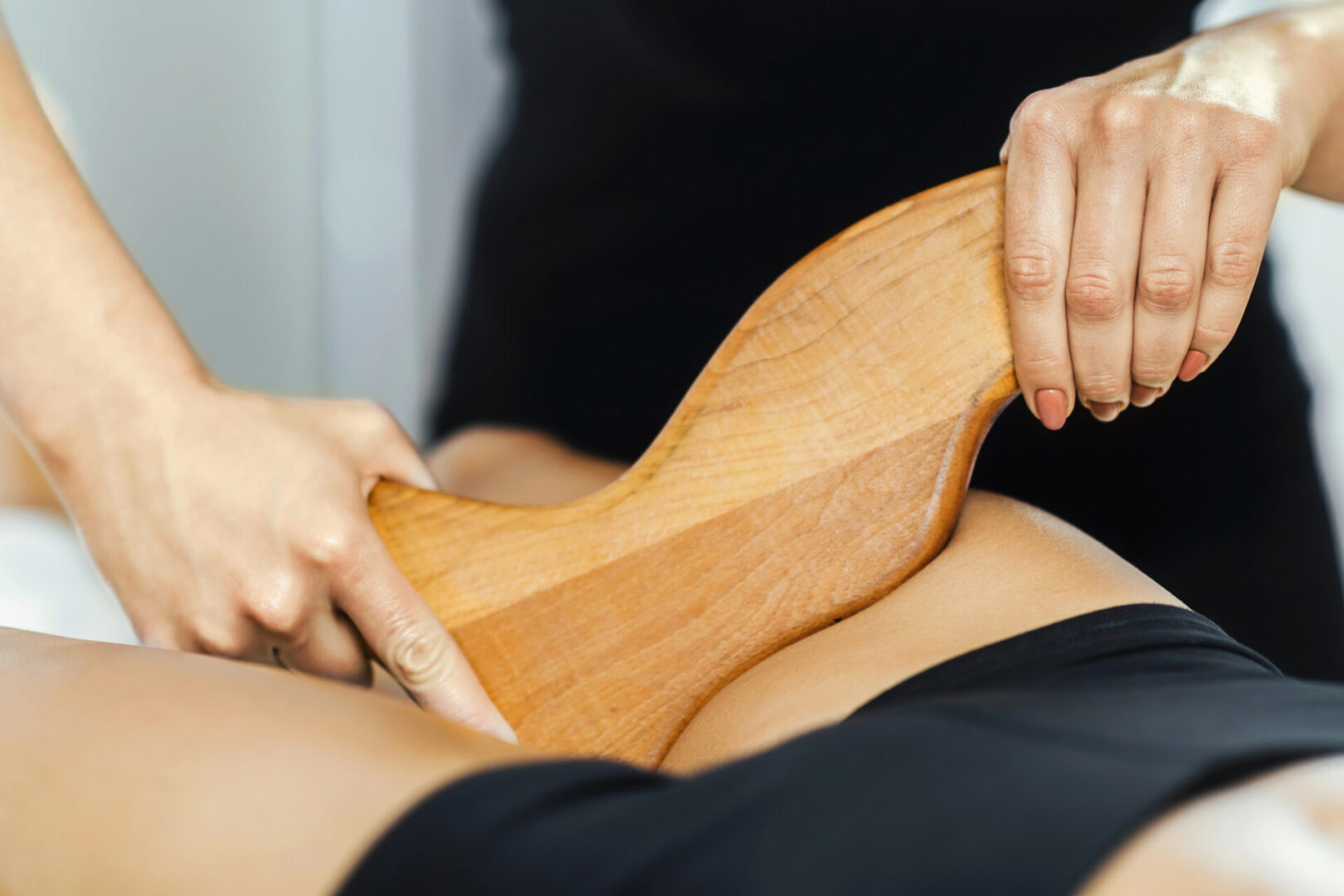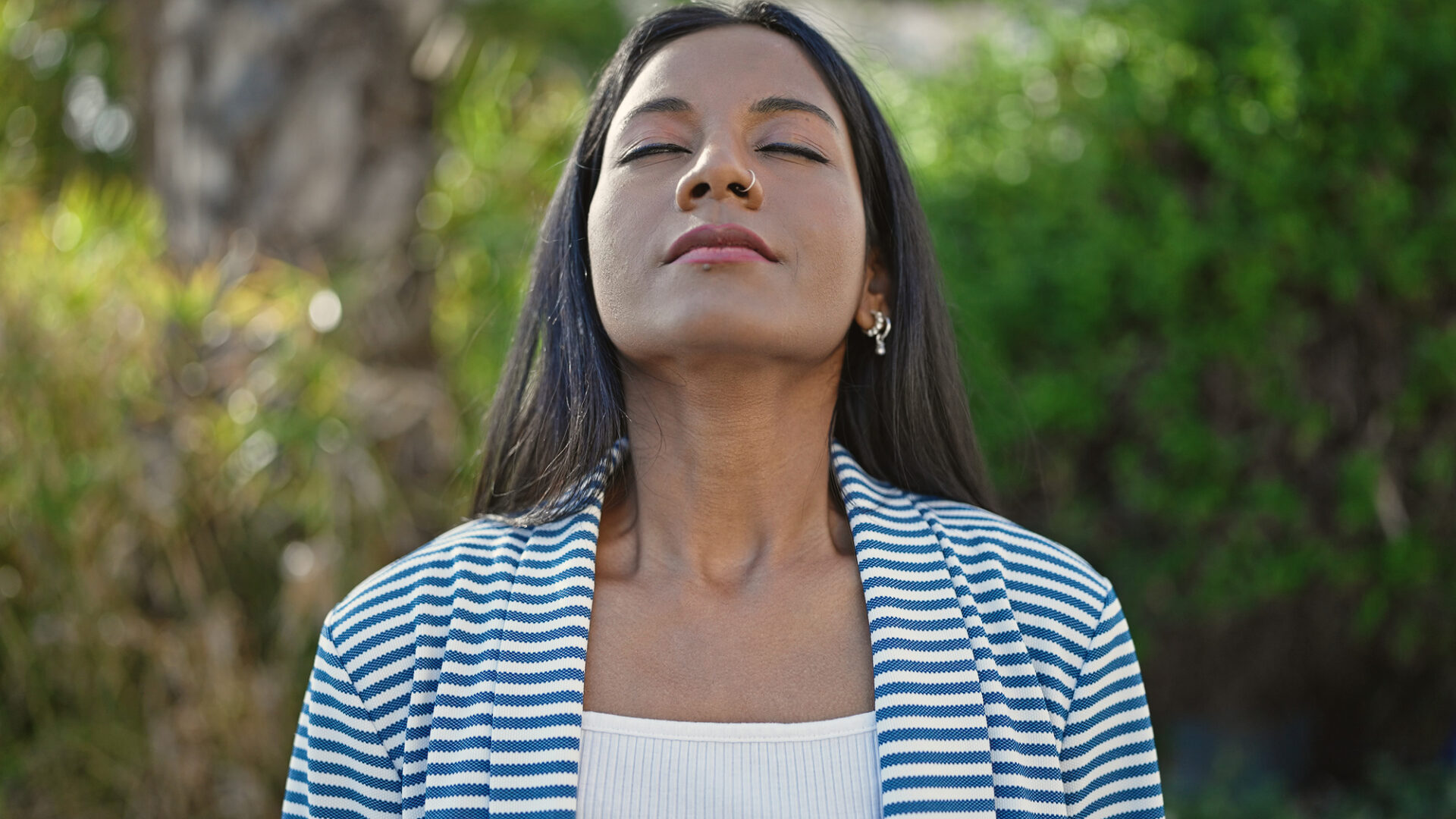
Identifying and Managing the Hidden Condition Affecting Millions
Lipedema, often mistaken for lymphedema, is a condition that many people haven’t heard of, and learning about it for the first time can be overwhelming. Whether you’re facing this condition personally or know someone who might be affected, gaining a deeper understanding of lipedema can make a significant difference. You are not alone! This is actually an incredibly common condition, and we are here to support you every step of the way.
What is Lipedema? Signs and Symptoms
Lipedema is a chronic issue characterized by the disproportionate accumulation of unhealthy fat cells in the lower body. These fat cells contain both fat and water, making them resistant to being burned for energy, which often renders even the most targeted weight loss efforts difficult or impossible. While the lower body is the most commonly affected area, lipedema can impact other parts of the body as well.
Common Signs and Symptoms:
- Symmetrical swelling in the legs and hips; the feet are usually unaffected
- Easy bruising and sensitivity to touch
- Pain and tenderness in the affected areas
- The skin in these areas may feel cooler and firmer than other parts of the body
- Difficulty losing weight in the affected areas despite diet and exercise
Who It Affects
Lipedema mainly affects women, with estimates suggesting that up to 11% of women may have this condition. It’s astonishing how something so common can remain so obscure. Let’s spread the word and create a gold standard of care!
Onset
The symptoms of lipedema usually start or worsen during periods of hormonal change. Many women first notice it during puberty, pregnancy, or menopause. Over time, the condition can progress, often worsening with each hormonal change. This is why it’s crucial to pay attention to symptoms like pain, tenderness, and difficulty losing weight from the lower body but not the upper body. If you feel something is wrong, talk to your doctor. You know your body!
Treatment Options
While there is no cure for lipedema, several treatments can help manage the symptoms and improve quality of life:
- Compression Therapy: Wearing compression garments can help reduce swelling and pain. Work closely with your health provider to ensure proper use.
- Regular Manual Lymphatic Drainage (MLD): This specialized massage technique can stimulate the lymphatic system and reduce pain, bruising, and swelling.
- Liposuction: Specialized liposuction can remove lipedema fat and provide long-term relief. It’s often done in stages by a specialist, not just any plastic surgeon.
- Exercise: Low-impact activities like swimming, walking, and cycling can help maintain mobility and manage weight.
- Diet: Following an anti-inflammatory diet and maintaining a healthy weight can alleviate symptoms.
Next Steps
- Contact Cover Lipedema: This advocacy group has helped many people get their lipedema care covered by insurance companies. Visit www.CoverLipedema.com.
- Get a Proper Diagnosis: Ensure you know what you’re dealing with and have access to appropriate treatments by consulting a medical doctor familiar with lipedema.
- Talk to Your Doctor: Discuss appropriate compression garments and other treatments.
- Find a Lymphatic Therapist: Seek out a therapist familiar with lipedema to create a comprehensive care plan.
Other Blogs
Disclaimer:
The information provided in this blog or our newsletter is for educational and informational purposes only and is not intended as a substitute for professional medical advice, diagnosis, or treatment. Always seek the advice of your physician or other qualified health provider with any questions you may have regarding a medical condition.
Individual results may vary. Austin Lymphatic and its representatives do not assume any liability for the use or misuse of the information provided.









